
and a possible solution
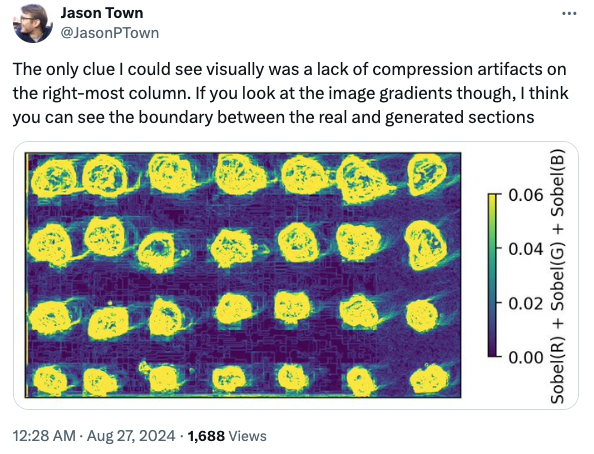
After changing the battery it needs to be calibrated

So the question was how to drain it most effectively? Maybe playing video would work but running this short line in the terminal as may times as there are CPUs was much more efficient
yes > /dev/null &
It seems that the initial high loading is most important
Researchers at SLAC-Stanford Battery Center report in a study published today in Joule that giving batteries their first charge “at unusually high currents increased their average lifespan by 50% while decreasing the initial charging time from 10 hours to just 20 minutes.”
The Guardian writes that humans age dramatically increases in two bursts at 44, then 60 years. The headline may be misleading as it misses the growth spurt in 10 year old children but also the cachexia of people around 90.
The report relies on a report with limited observation period
In this study, we performed comprehensive multi-omics profiling on a longitudinal human cohort of 108 participants, aged between 25 years and 75 years. The participants resided in California, United States, and were tracked for a median period of 1.7 years, with a maximum follow-up duration of 6.8 years.
but nevertheless it confirms my own observation with age effects in bursts around 45 and again in 60 (even did some studies on chronobiology and DNA ageing that confirmed ELOVL2 effects in 2015 while a confirmation study 2020 could not be finished due to COVID19).
It is a bit annoying, however, as there are always different numbers in the Snyder study when compared to earlier reports of the same group that missed the current findings.
Even worse as there was no a priori study plan the results look more like a display of a random data warehouse where you can pick what you waant. So where is the main effect and what is the driving force? The authors are counting significant changes

If we look at the proportional max/min change it is roughly 40% at transcriptomics and proteomics and 32% at metabolomics level. But I have no clue what’s behind these peaks – GTPase activity? Oxygen carrier? As there are no methylation data, no tissue biospy, not even any blood sample covering the whole time span, it remains a rather fuzzy paper that tries to provide a scientific basis of a common sense observation.
A recent stackexcange response confirms this
Apple Mail can make its Core Spotlight index available to other apps which include an app specific Mail Plugin. This is controlled (from the Apple Mail perspective) in the general preferences under Manage Plug-ins.
Unfortunately however the Houdah plugin stopped now working. So the only working solution seems InfoClick that can build its own index but takes 17 hours for 340.00 emails… 
Here are some impressions from my visit last week -a reactor dome without cooling towers. and substation without function.
<irony>Thank you very much Franz Josef Strauss, Konrad Adenauer, & Max-Planck-Gesellschaft for all your efforts</irony>

Never forget, the press is the enemy. The establishment is the enemy; the professors are the enemy. Professors are the enemy. Write that on a blackboard 100 times and never forget it.
by R.Nixon and cited again by J.D.Vance in 2021
NCBI record https://clinicaltrials.gov/study/NCT02020174 doesn’t make so much sense to me
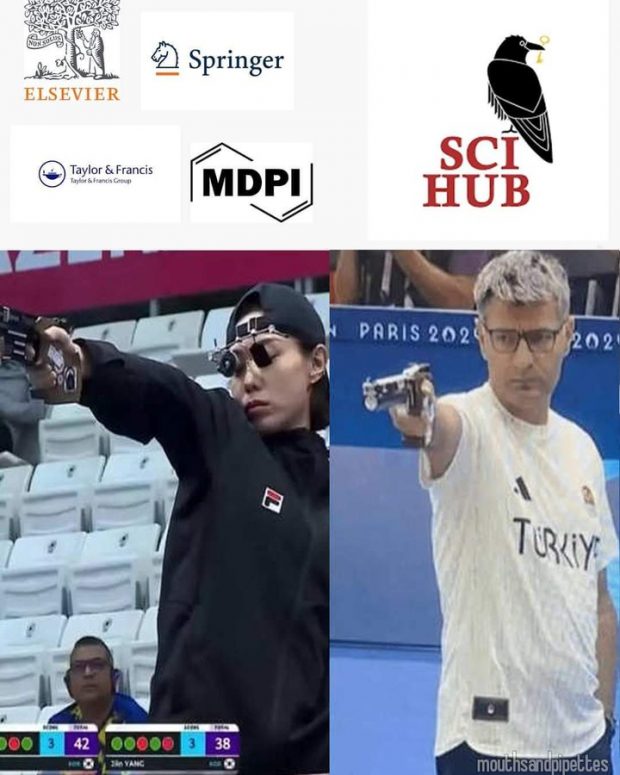
Lukas Hildebrand hat einen guten Artikel dazu geschrieben “Deutschland akademisiert sich kaputt”
Bäcker, Klempner, Pfleger: Viele Ausbildungsplätze bleiben unbesetzt, dabei lässt sich als Meister mehr verdienen als nach einem Master. Höchste Zeit damit aufzuhören, das Studium zu idealisieren.
Hier sind die destatis Daten dazu.
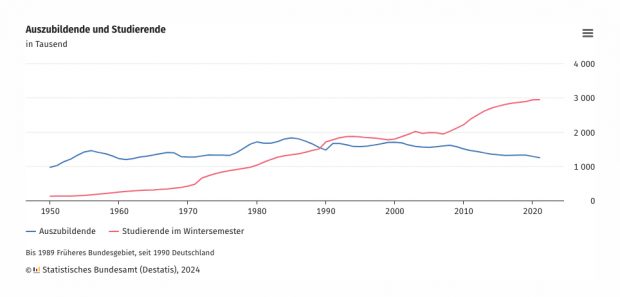
Diese Entwicklung ist quantitativ völlig sinnlos and letztendlich auch qualitativ kontraproduktiv, denn das Niveau der Abschlüsse ist auf einem Allzeittief, jedenfalls gefühlt daran, was ich an Abschlussarbeiten und Dissertationen so alles lese. Auf der anderen Seite fehlen Handwerker, egal ob es Solateure auf dem Dach oder Möbelschreiner im Wohnzimmer sind.
Ein Zitat das Henry Kissinger zugeschrieben wird.
Kompromisse in der Wissenschaft? Ich würde sagen ständig, was Absprachen, Organisation, Projektpläne angeht.
Inhaltlich aber eher nicht, da geht es um richtig oder falsch oder zumindest das “known unknown”.
Wafik S El Deiry has now uploaded more than 40 times a rebuttal letter to PubPeer complaining about being bullied by “academic terrorism”. Thomas C Südhoff is even more aggressive with new ad hominem attacks as I just learned
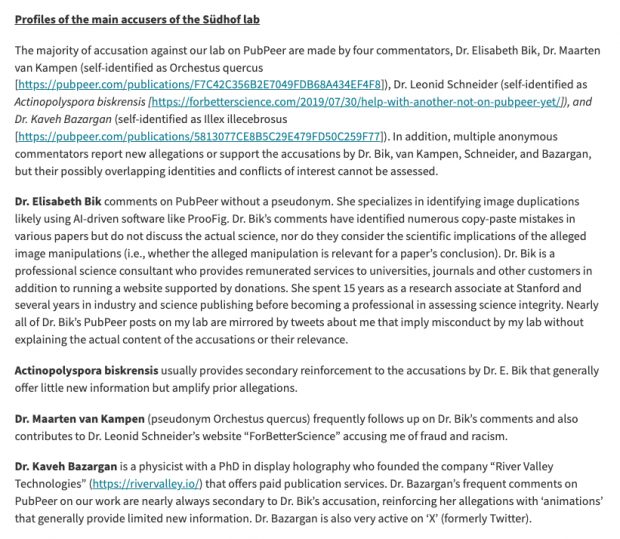
while his explanation of the numerous duplications is clearly wrong
… the tiny allegedly cloned areas of similar background signals partly overlap and are randomly distributed in the image. Besides the fact that it would make no sense to duplicate such small areas of background – a fraudster could just run a gel with empty lanes – and that such duplications do not improve the data, overlapping duplications like this are nearly impossible to manufacture.
Of course also small areas can be copied with the clone tool. If the placement is random or intentional can only be judged from the original image while an educated guess is certainly allowed. Running Photoshop is at least far more time and cost effective than running a gel with an empty lane.
A general problem here is that digital reproductions of images – both of immunoblots and of tissue sections or cells – can create artifactual microduplications especially if the image resolution is changed during reproductions.
This is outright wrong. Artifacts by capturing or stitching software is possible in theory while in practice we have found it only a few times.
So here comes my assessment of the now famous Synaptotagmin-1/Synaptopyhsin-1 immunoblot
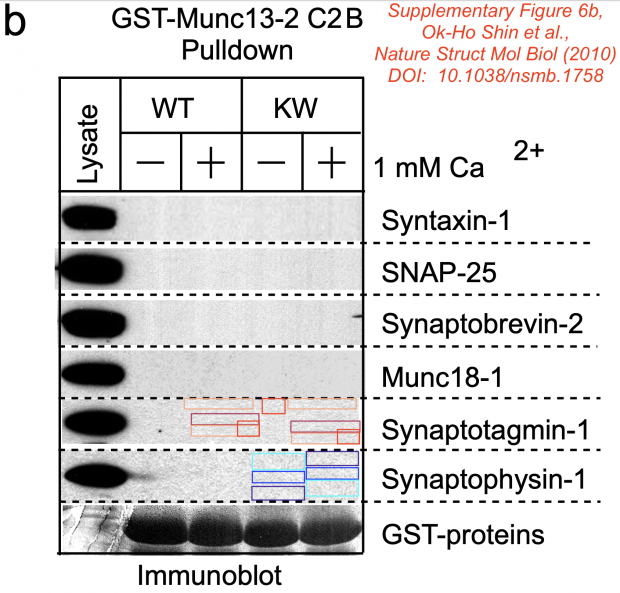
The assessment is based on the directly extracted (inline) image from the PDF.

Identical patches were confirmed using 3 software packages Forensically, ImageDup and ICMF.

Also the manual annotation below shows 100% identical areas where the KW+ lane pixel has been copied to KW- (the other direction is less likely). Not sure what had been there, dust, dirt, text marker or another dot?

Südhof comments on this image on his website
Mistake identified: Dr. E. Bik claims that the Suppl. Figure 6b immunoblot stripes (reproduced digitally at low resolution by the journal from a non-digital original blot) contains tiny areas of microduplications in the background pattern (not the actual signal). These areas are tiny, within a blot, randomly distributed, and only digitally identifiable. She implies that these blots are suspicious and could be manipulated.
Resolution: This is an unusually bizarre accusation since it refers to digital low resolution images in which tiny image areas would have been scrambled by a person if Dr. Bik’s accusation were correct. Even though she maintains publicly that she won’t speculate about motivations, her accusations imply a motivation that would be difficult to understand since any manipulation here would produce a partly altered background. The most likely explanation here is, like for many of the ‘mistakes’ identified by Dr. Bik’s A.I.-powered software, that these random microduplications are simply a reproduction artifact of a digitized image.
Classification: unfounded
Great story: The journal Nature Structural & Molecular Biology received the original blots and digitized them? So this is their fault? These are neither tiny spots, nor are they randomly distributed and of course, they can be seen by naked eye.
German newspapers covered the Südhof stor already (SPIEGEL, FAZ but also Science Magazine). Ulrich Dirnagel/Tagesspiegel believes that any intentional manipulation or deception cannot be recognized. I am not sure when looking at the images above.
We are being spied on and the data are being sold.

https://x.com/RuthieClems/status/1813478033975623697Report by The Chronicle
The two reports note that Informa will explore how AI can make its internal operations more effective, specifically through Copilot, Microsoft’s AI assistant. “Like many, we are exploring new applications that will improve research and make it easier to analyze data, generate hypotheses, automate tasks, work across disciplines, and research ideas,” a Taylor & Francis spokesperson wrote in an email to The Chronicle.
Publishers neither analyze data, generate hypotheses and work on research ideas – it is just a money making scheme after the
Another publisher, Wiley, also recently agreed to sell academic content to a tech company for training AI models. The publisher completed a “GenAI content rights project” with an undisclosed “large tech company,” according to a quarterly earnings report released at the end of June.